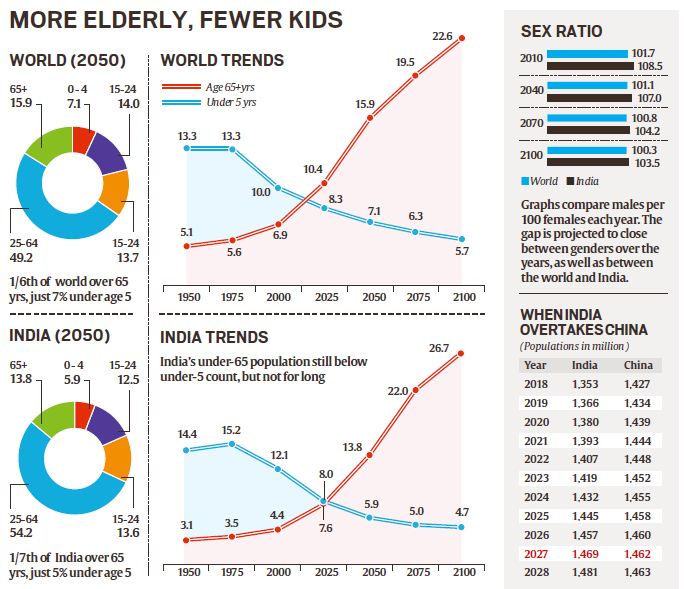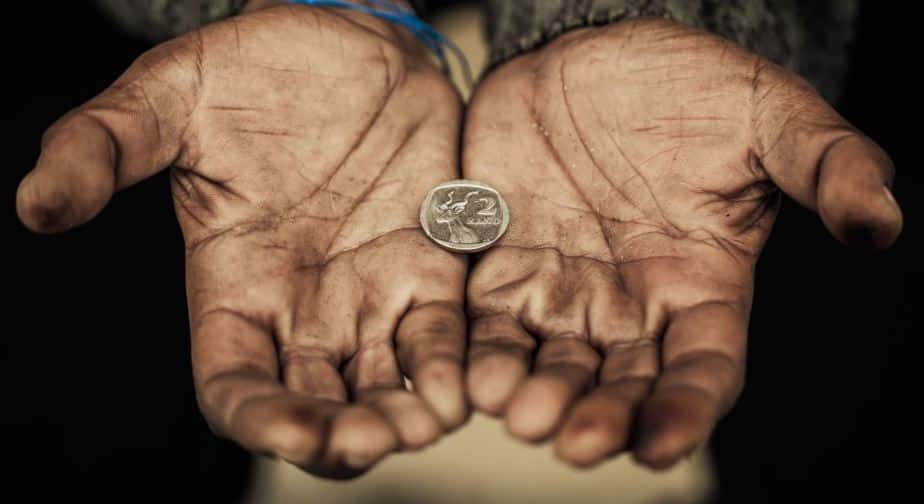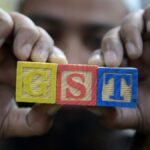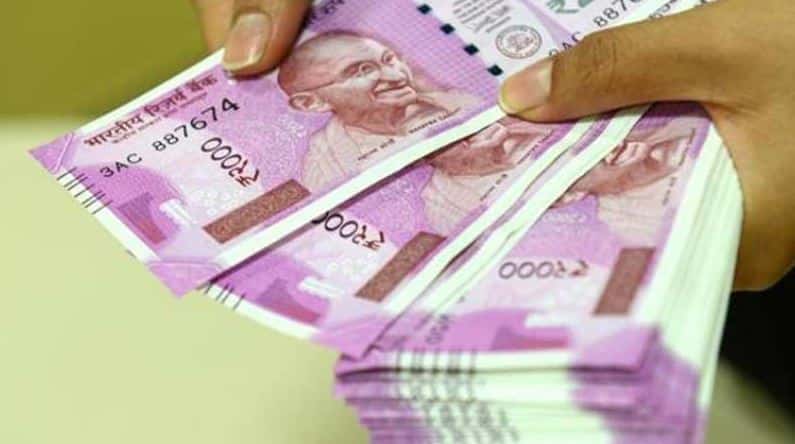Table of Contents
Why India Should Worry About Its Ageing Population
India’s policymakers have long flaunted the massive economic benefits that the country will reap from its huge youth population.
But while the country, with a median age of a little below 30 years, is still relatively young today, it looks all set to age quite rapidly in the coming decades, thanks primarily to a rapid decline in fertility levels.
An ageing population, many economists believe, could turn out to mean serious economic trouble unless India manages to grow its economy at a rapid pace in the coming decades.
Significance of India’s Ageing Population
India’s ageing population holds significant implications for the country’s economy and social fabric. It is crucial for policymakers and citizens to understand the potential challenges and opportunities that come with this demographic shift.
Key Features and Objectives
The main feature of India’s ageing population is the rapid decline in fertility rates and an increase in life expectancy. This shift poses several objectives for the government:
- Providing adequate social security and healthcare for the elderly population.
- Creating employment opportunities for older workers and harnessing their experience and skills.
- Implementing policies to address the changing needs and aspirations of an ageing population.
Effects of Ageing Population on India’s Economy
The effects of an ageing population on India’s economy can be both positive and negative:
- Positive: The older population can contribute to the economy by engaging in productive work and entrepreneurship.
- Negative: The increasing demand for healthcare, pensions, and social security can strain the government’s finances and put pressure on the working-age population to support the elderly.
Pros and Cons
Like any demographic shift, India’s ageing population has its pros and cons:
- Pros: Increased life expectancy indicates improved healthcare facilities and better living conditions.
- Cons: The burden on the working-age population to support the growing elderly population may lead to economic challenges.
Fun Fact
India’s elderly population is projected to grow at a rapid 41% between 2021 and 2031, and by 2050, approximately one in every five Indians will be over 60 years old. This demographic transformation highlights the need for proactive measures to address the needs and expectations of the ageing population.
Mutiple Choice Questions
1. What is the main reason for India’s ageing population?
a) Rapid decline in fertility levels
b) High mortality rate among the youth
c) Lack of access to healthcare for the elderly
d) Immigration of elderly individuals
Correct answer: a) Rapid decline in fertility levels
Explanation: The passage states that India’s ageing population is primarily due to a rapid decline in fertility levels.
2. What percentage is the elderly population expected to grow between 2021 and 2031?
a) 20%
b) 31%
c) 41%
d) 51%
Correct answer: c) 41%
Explanation: According to the United Nations report mentioned in the passage, India’s elderly population is estimated to grow at a rapid 41% between 2021 and 2031.
3. When will the number of elderly people surpass the number of children in India?
a) 2021
b) 2031
c) 2046
d) 2050
Correct answer: c) 2046
Explanation: The passage states that the number of elderly people in India will be larger than the number of children by 2046.
4. How many elderly persons were there for every 100 working-age persons in 2021?
a) 16
b) 25
c) 39
d) 50
Correct answer: a) 16
Explanation: According to the United Nations data mentioned in the passage, in 2021, there were 16 elderly persons for every 100 working-age persons in India.
5. What percentage of India’s population is expected to be over 60 years old by 2050?
a) 10%
b) 20%
c) 30%
d) 40%
Correct answer: b) 20%
Explanation: According to the United Nations, elderly people will constitute about 20% (or one in five members) of India’s population by 2050.
(Note: The detailed explanation provides the relevant information from the passage to support each correct answer choice)
Brief Summary | UPSC – IAS
India’s ageing population is a growing concern as fertility levels rapidly decline. The United Nations predicts that India’s elderly population will increase by 41% between 2021 and 2031, surpassing the number of children by 2046. Currently, there are 39 elderly persons for every 100 children in India. It is estimated that by 2050, 20% of India’s population will be elderly, and by the end of the century, over one-third will be above 60. Economists warn that if India does not accelerate its economic growth, an ageing population could pose serious economic challenges in the future.











